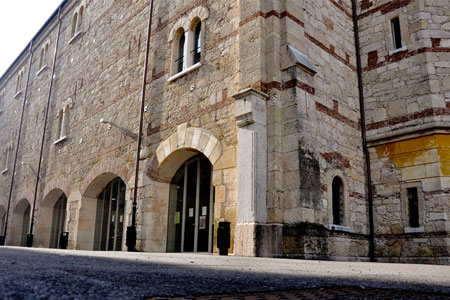JEL codes: A29, C91, C93, C52, D01, D84, I21, J24
In many European member states, including Italy, societal demands for STEM (Science, Technology,
Engineering, Mathematics) skills are increasing at a disproportionate rate compared to the number of
children pursuing STEM‐related studies. Moreover, there is widespread concern that the profile of those
who do study STEM subjects is too narrow, with women remaining largely under‐represented. Motivated
by the need for our nations’ economic growth and prosperity to promote a (gender‐balanced) STEM
workforce, the objective of this project (BeSTEM) is to quantify the role of a variety of behavioral strategies
in encouraging STEM take‐up and correcting the STEM gender bias at a young age. The project brings
together different disciplines – namely behavioral, experimental and education economics, applied
microeconometrics, and social psychology – in an integrated fashion. BeSTEM is designed to go beyond the
standard execution of procedures for attracting young children to STEM. It aims at a) developing
microeconometric behavioral models that formally lay out the mechanisms determining upper secondary
school decision processes, b) implementing behavioral interventions – with children approaching upper
secondary school track choice, their parents, and their teachers – in controlled experimental settings, and c)
generating new data via original quantitative surveys that will allow measuring the effectiveness of the
proposed interventions. Controlled laboratory experiments will also be run to make teachers aware of their
own (potential) gender bias and, by this means, to reduce the STEM gender gap. The project will thus
generate a richer characterization of the process of upper secondary school selection and provide input to
the design of new policy instruments aimed at ‘nudging’ young people – especially girls ‐ towards STEMrelated
curricula.







